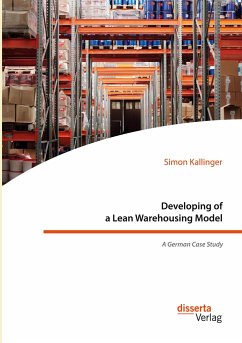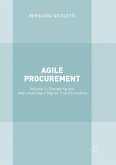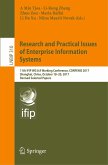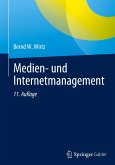Today's supply chains have to cope with volatile markets and extremely high customer demands in a highly competitive global market, in which prices can be compared online within seconds. Therefore, companies are looking for methods to speed up processes and make their logistics operations as efficient as possible. They can accomplish this by applying lean thinking in nearly all business operations: Lean Production, Lean Management, Lean Supply Chain and others. The most recent is Lean Warehousing, which tries to adopt lean techniques from the lean toolbox like 5S, KANBAN, MUDA, KAIZEN and Jidoka. There is some academic literature about Lean Warehousing, which explains these methods and describes how to implement them. The interaction between Lean Warehousing and Warehouse Management Systems (WMS) as not yet been studied.Lean Warehousing (LW) is often understood as a toolbox rather than a strategic alignment and a philosophy. Therefore, the implementation of LW has systemic flaws due to the lack of philosophy understanding, transformational leadership, and change management. To better understand sustainable Lean Warehousing transformation, it is necessary to synthesise knowledge of these theories. This study aims to examine why most of the attempts to implement LW fail and why the current theories of LW do not suffice. It includes a quantitative survery as well as a qualitative survey with managers in the field. The results of the literature review, the surveys and a thorough examination of soft skills as well as elicited innovative factors are all used to form an extensive analysis of successful LW implementation. The development of a comprehensive LW model is necessary.








